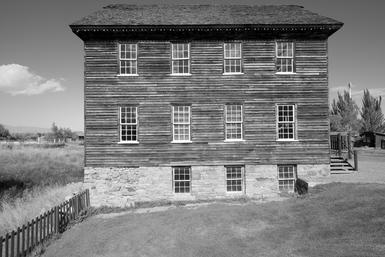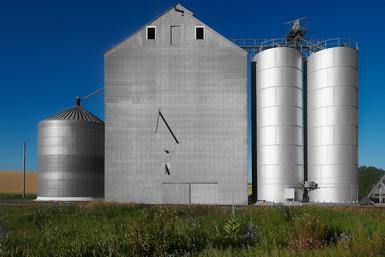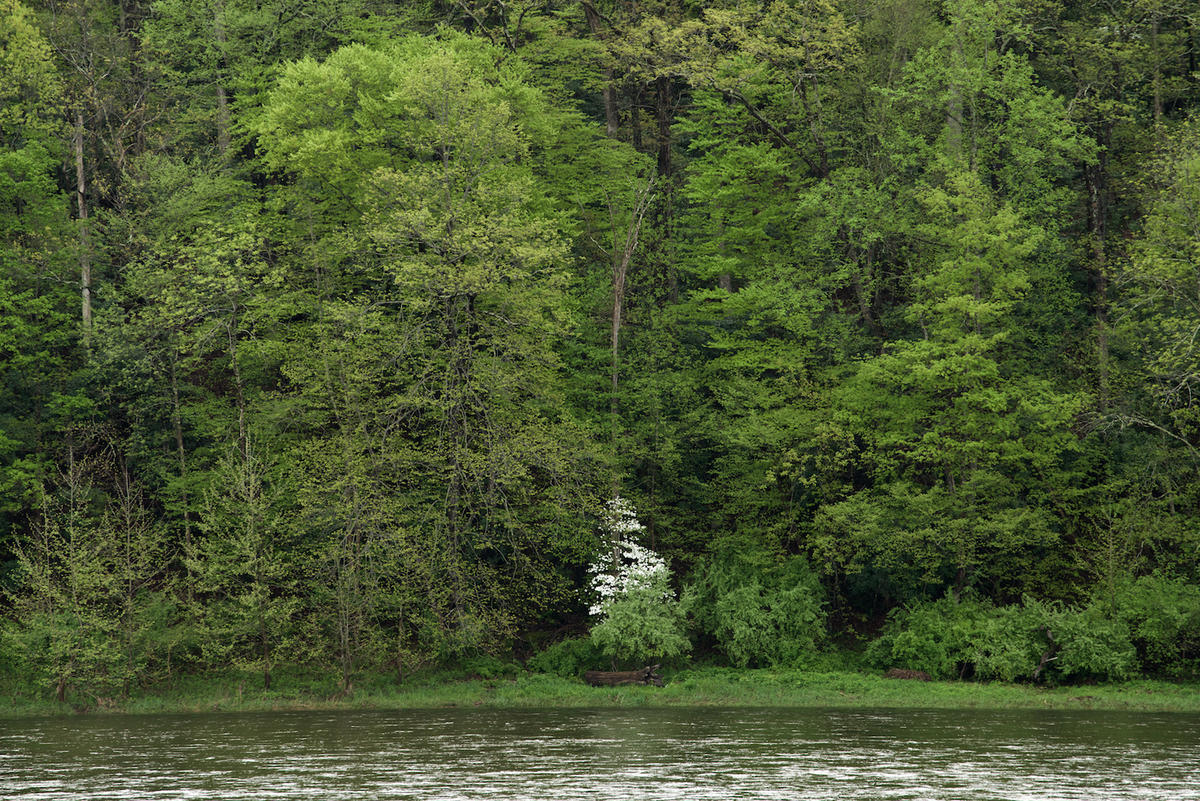
Looking for someplace to photograph? Consider yourself a landscape photographer? Live within reach of southern New Jersey or upstate PA? Take a look at the Delaware Water Gap, about 20 miles of exquisite river valley along one side of the Delaware River in New Jersey. Wikipedia is a good place to start your research: here.
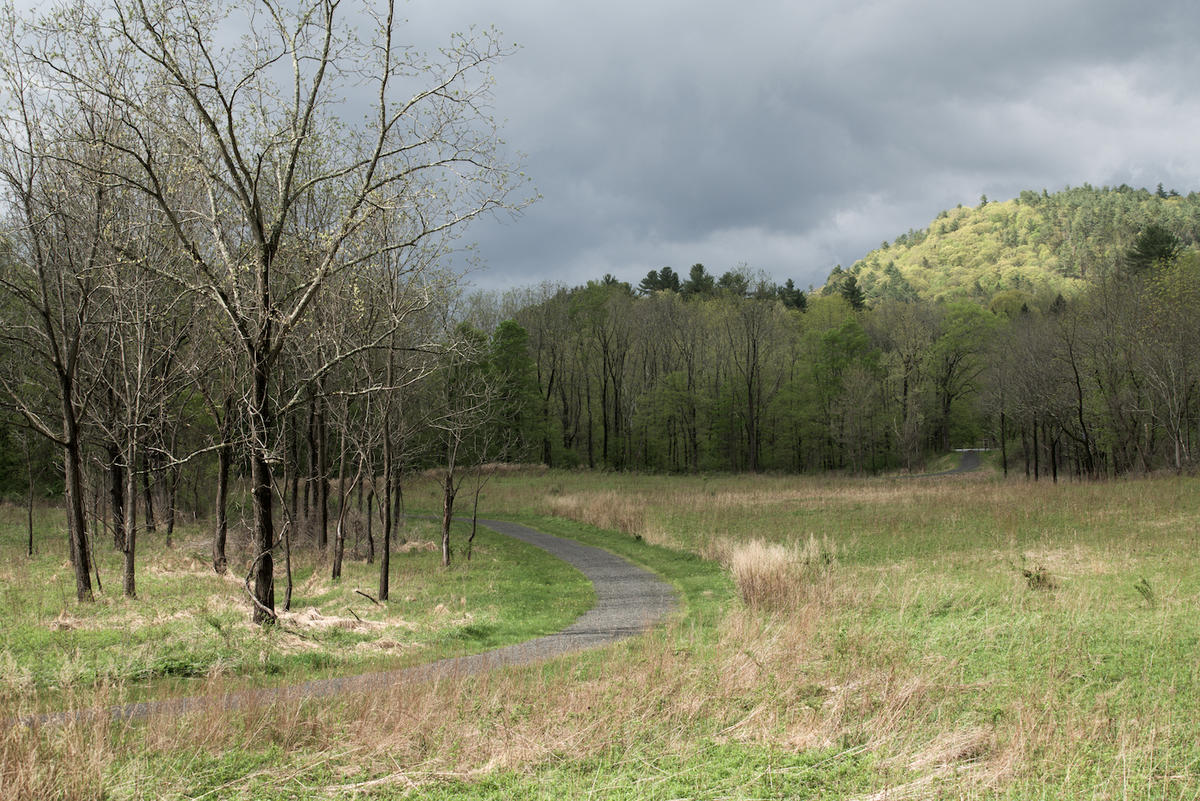
I just came from driving along it, starting from the South in the Poconos in PA heading home to Boston in the first week of May. After several days of rain, I can't imagine it being more beautiful.
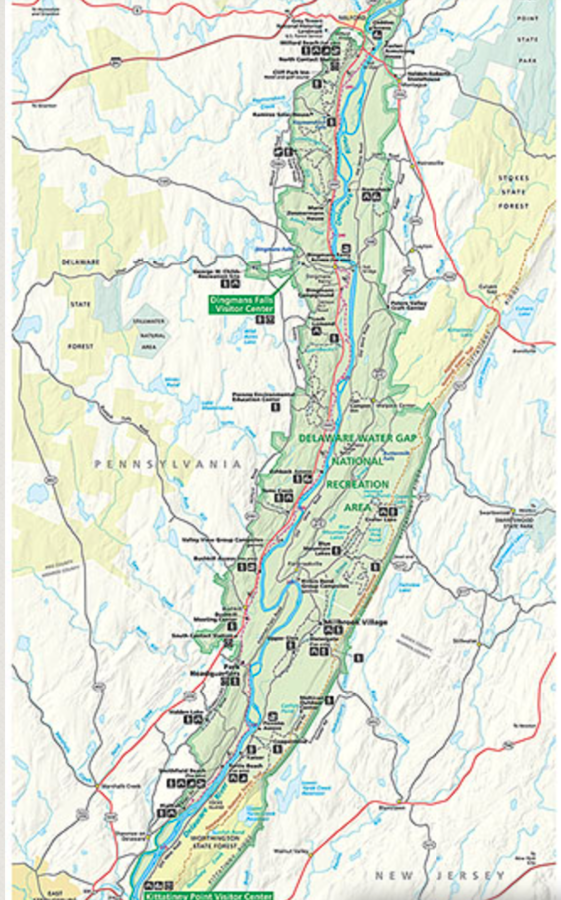
The primary road is along the western side of the river, which allows frequent access to the water itself, with several campgrounds and put-ins for canoes and kayaks.
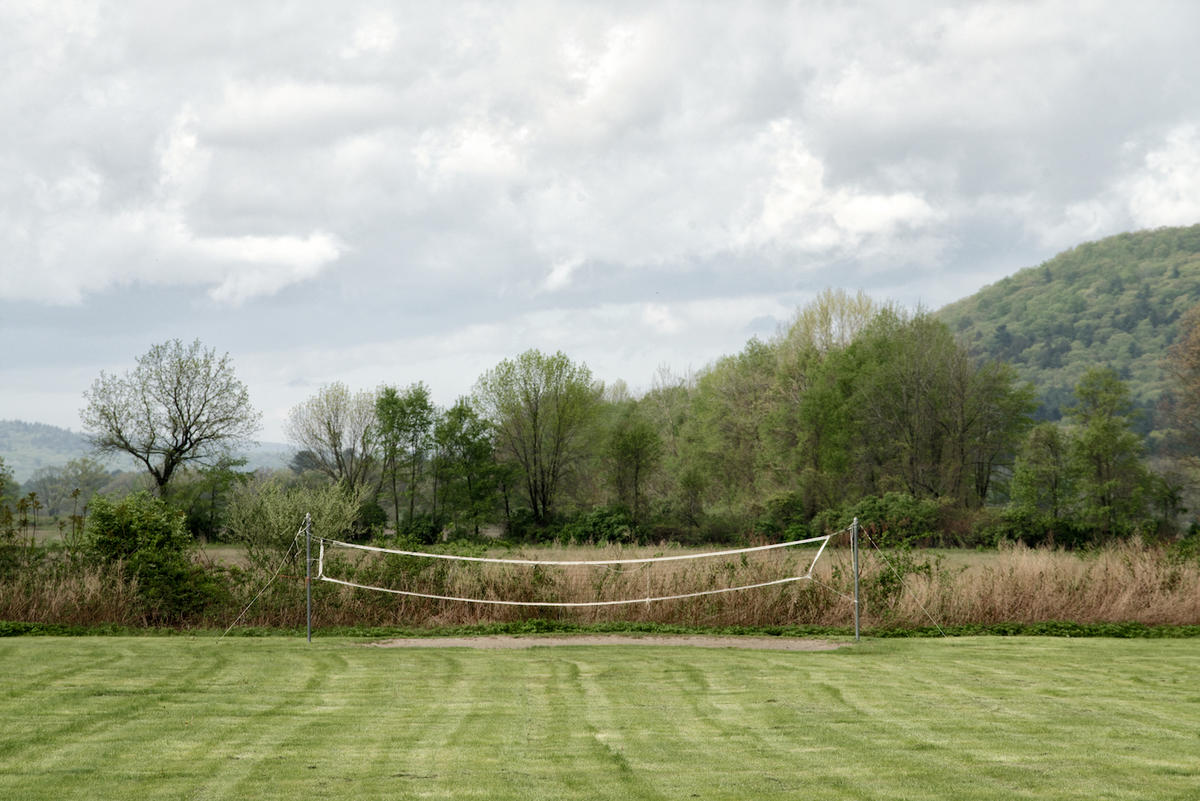
Hitting it off season is best for me as this is a very popular place in the summer and can get crowded. Rimmed on either side with high hills, cliffs and waterfalls, the whole area is a National Park so no strip malls, motels or gas stations. I have driven through it in the winter, spring and fall and they were all very beautiful.
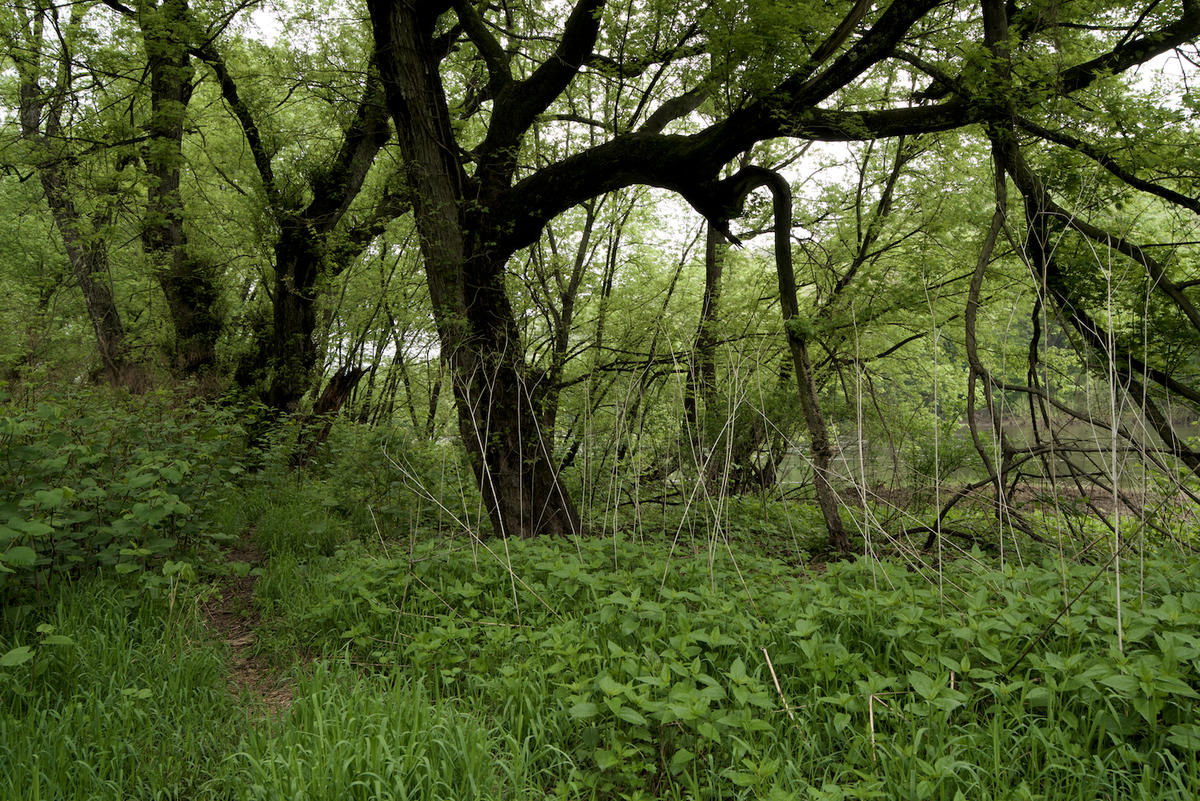
I find myself thinking of the Water Gap in terms like Eden, paradise, oasis, heaven, utopia, and Shangri-La while being aware that these are reactions that may be a result of my post WW 2 birth, upbringing and education. Which, of course, calls into question just what our definition of paradise may be. For me, as a New Englander, it is the Water Gap. Who's to say what yours is? However, it is fair to say that the Water Gap represents a respite from present day USA and contrasts powerfully with the commerciality of the Poconos to the south and present day New Jersey with NYC close by to the north. My definition of paradise includes things like: respite, quiet, serenity, privacy, beauty, isolation and even intimacy. Clearly a manifestation of things like getting a break from the: rat race, treadmill, production, deadlines, multi tasking, social networking, to say nothing of threats to our national parks and walls on our borders. The other day while driving through it, and stopping frequently to photograph, I was in a sort of reverie or suspended reality, separated from the world that surrounded the park, early morning on a Saturday in early May.
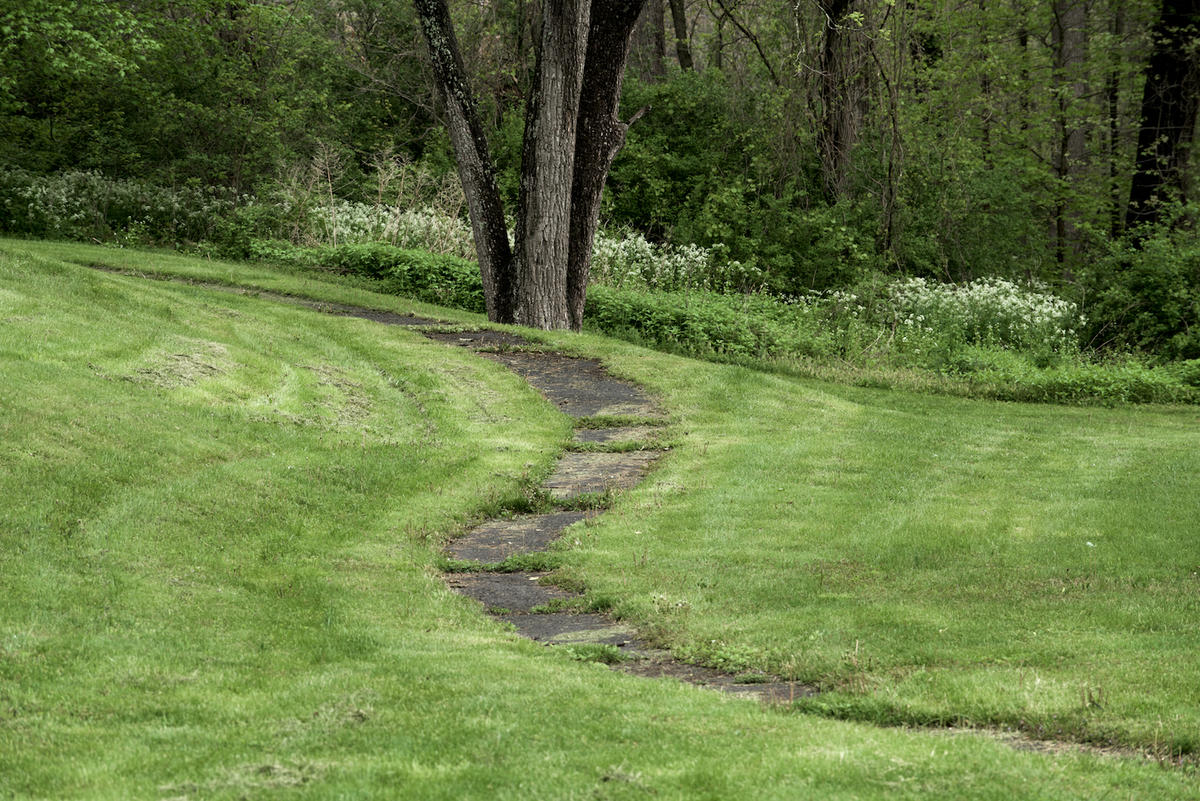
If you are a serious photographer and/or intentional it is worth being nearby with access to the park for several days. You'll need to bring your A game as it necessary to turn up your sensitivity to the light, the time of day, the air and the uniqueness of the time of year. Not for the feint of heart, real substantive landscape photography, for the majority is crap, over the top sensationalism these days, kind of like our current president. And so, I find the Water Gap a real challenge, to make pictures there that are expressive and evocative, embodying a faithfulness to the content before me but also able to convey depth of perception and an acute sensitivity to our surroundings. On the other hand, maybe someone can point their smartphone out the window at the Water Gap at 50 mph, click the shutter and convey all that too. But not me. I need to stop, get the gear out, look around and slow the f___ down.
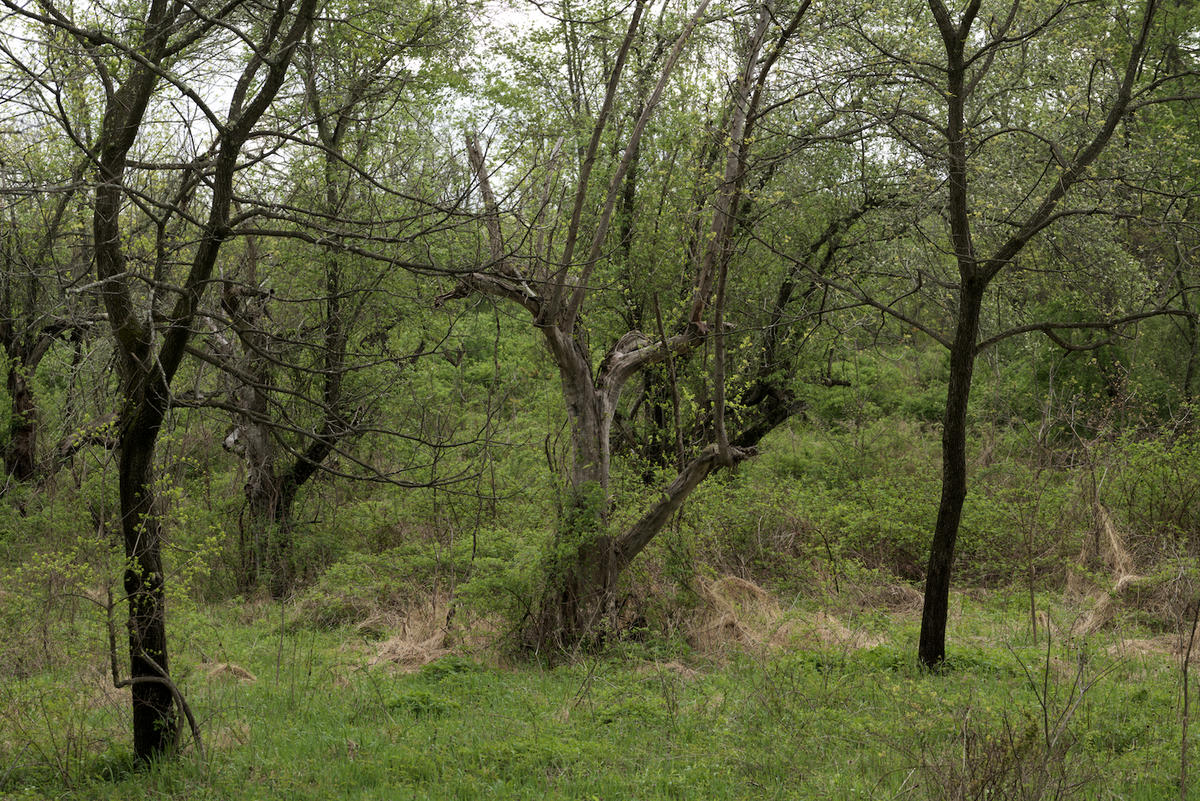
Postscript: After I'd shot the last frame of the day along the Delaware River, with my mind moving on to visiting my sick friend Keith Johnson in a rehab hospital in New Britain, CT that afternoon and then heading to BT's in Sturbridge for the region's best BBQ, then back to home, I looked down to find this:
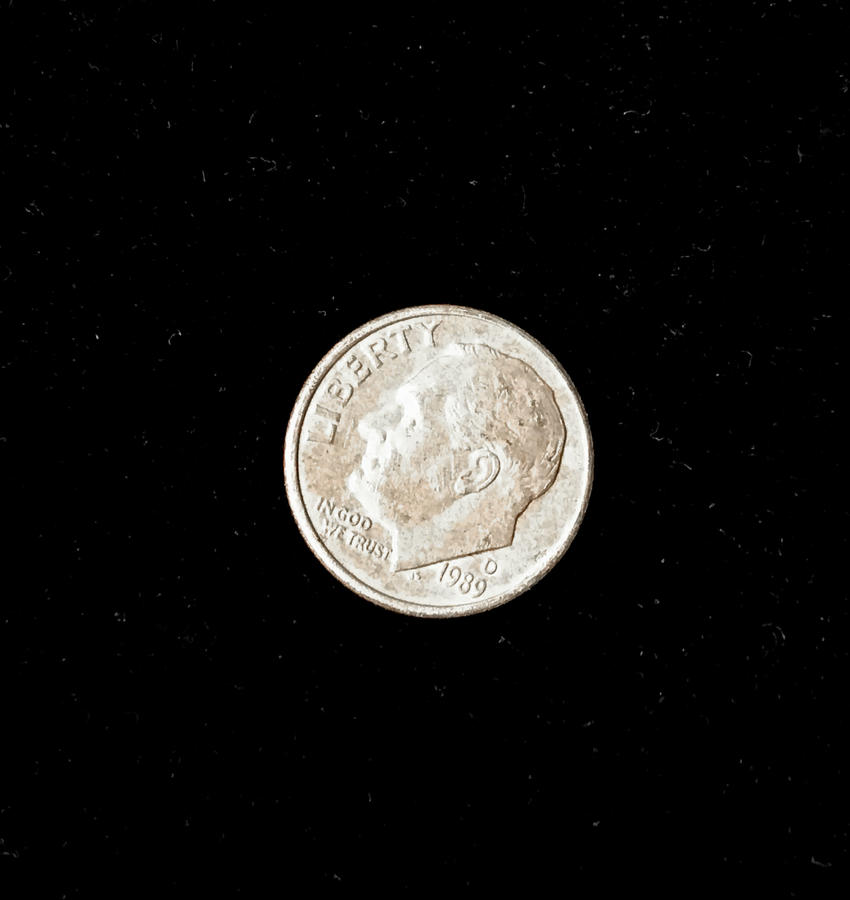 staring up at me from the edge of a mud puddle. I'd have to be brain dead to not regard this as a sign, a message from the photo gods shining down on me, approving of my efforts this early Saturday morning, rewarding me for making some good pictures along the Delaware Water Gap. I don't know if I thought it to myself or said it out loud but out came a sincere "thank you!" I picked up the coin, put it in my pocket and thought, "Damn, this is good." Then second, "maybe this needs a blog".
staring up at me from the edge of a mud puddle. I'd have to be brain dead to not regard this as a sign, a message from the photo gods shining down on me, approving of my efforts this early Saturday morning, rewarding me for making some good pictures along the Delaware Water Gap. I don't know if I thought it to myself or said it out loud but out came a sincere "thank you!" I picked up the coin, put it in my pocket and thought, "Damn, this is good." Then second, "maybe this needs a blog".
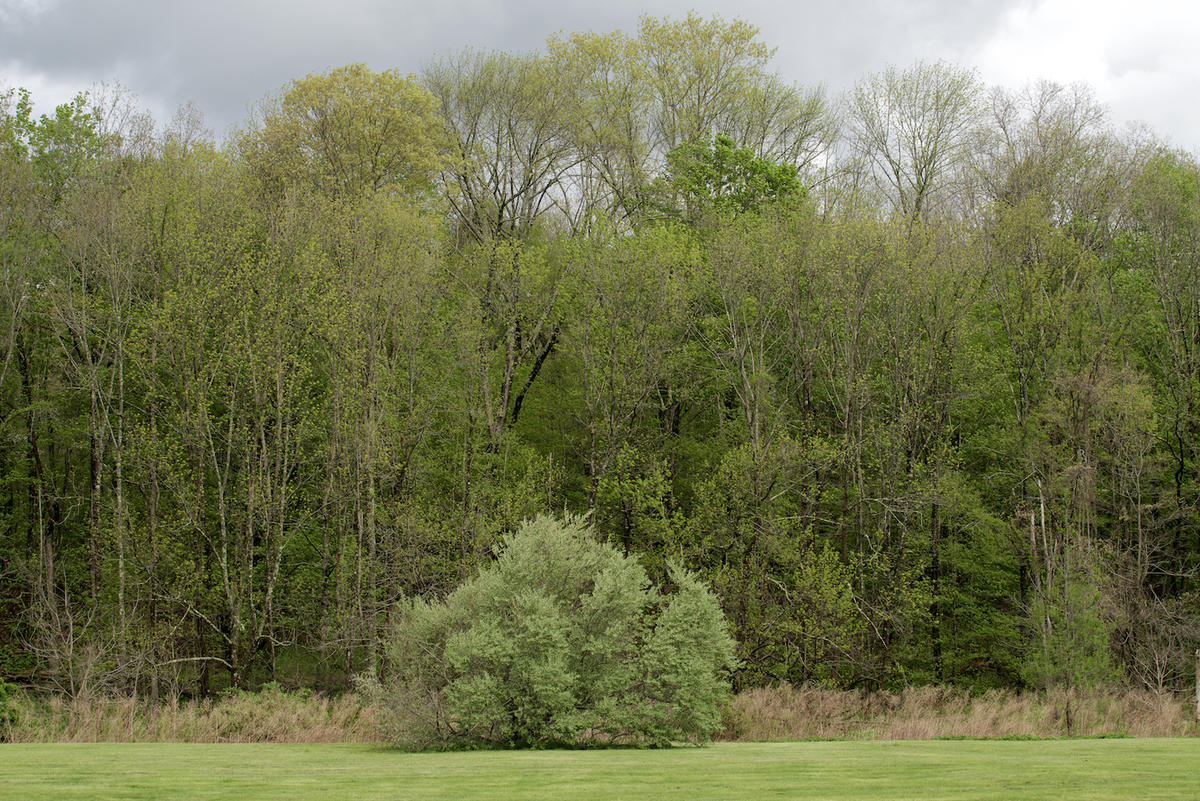
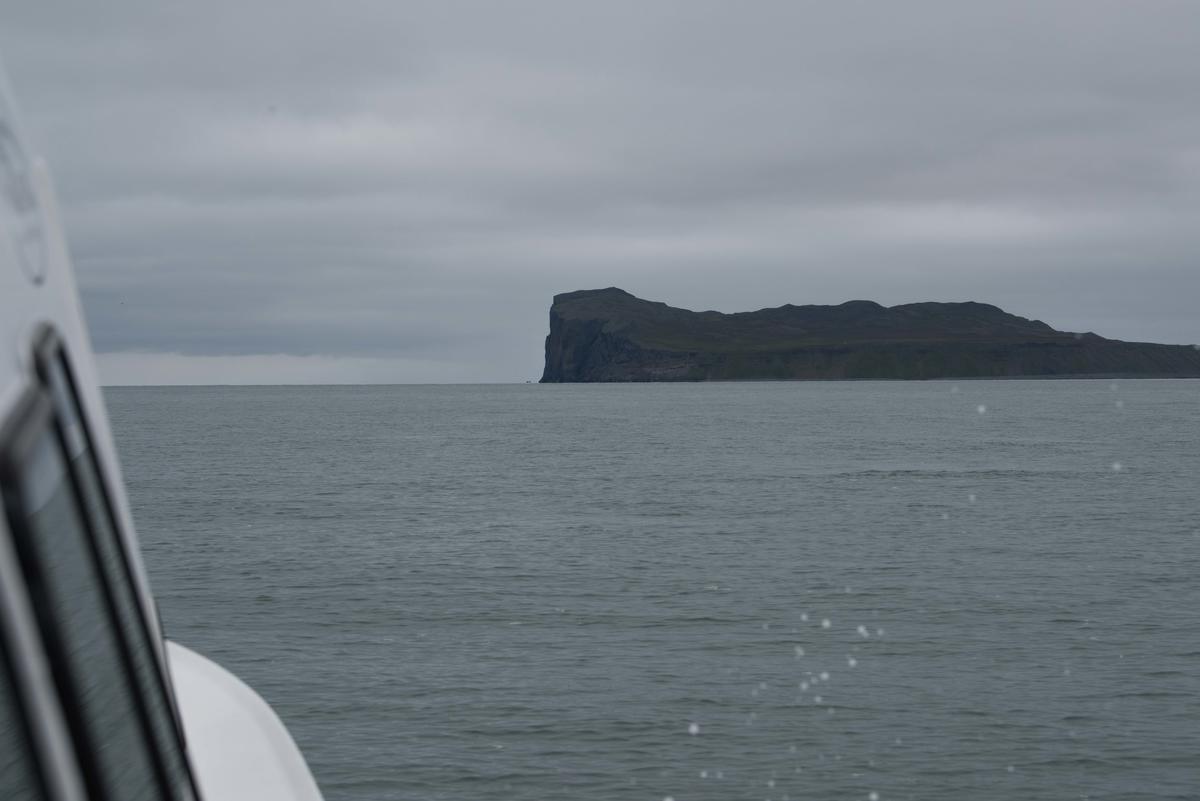
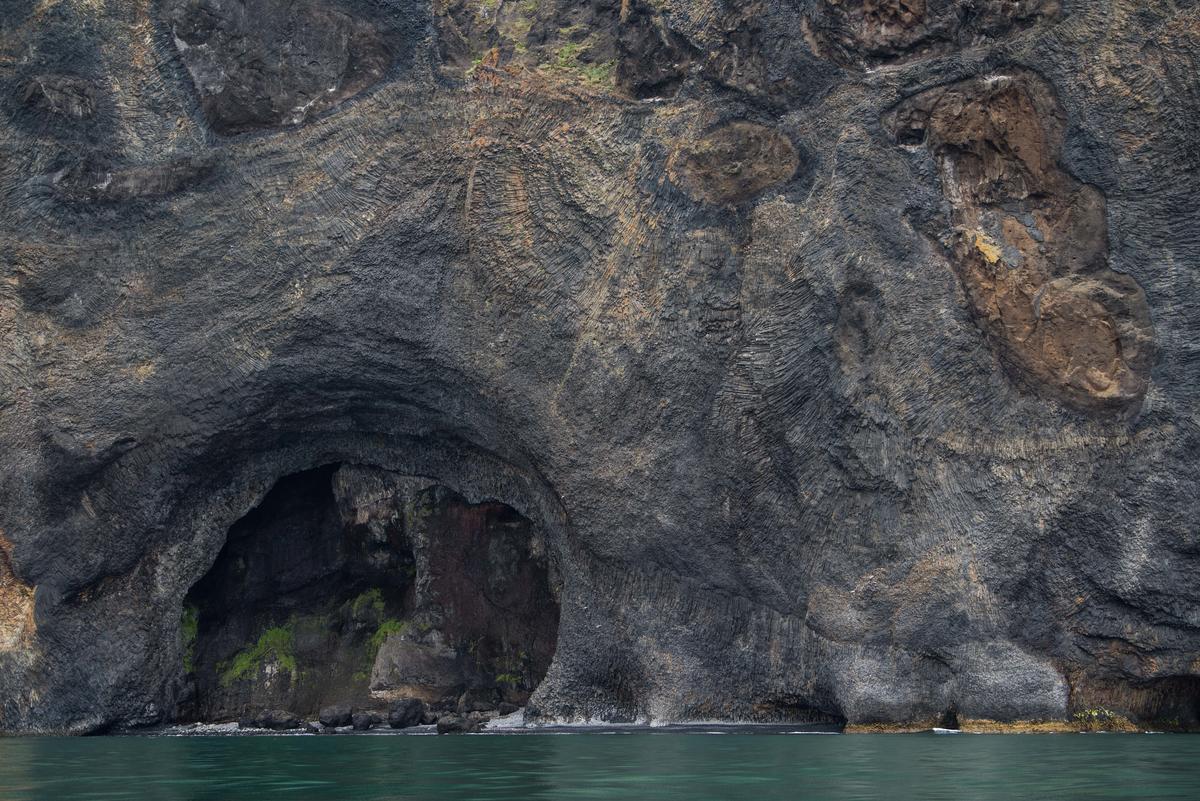
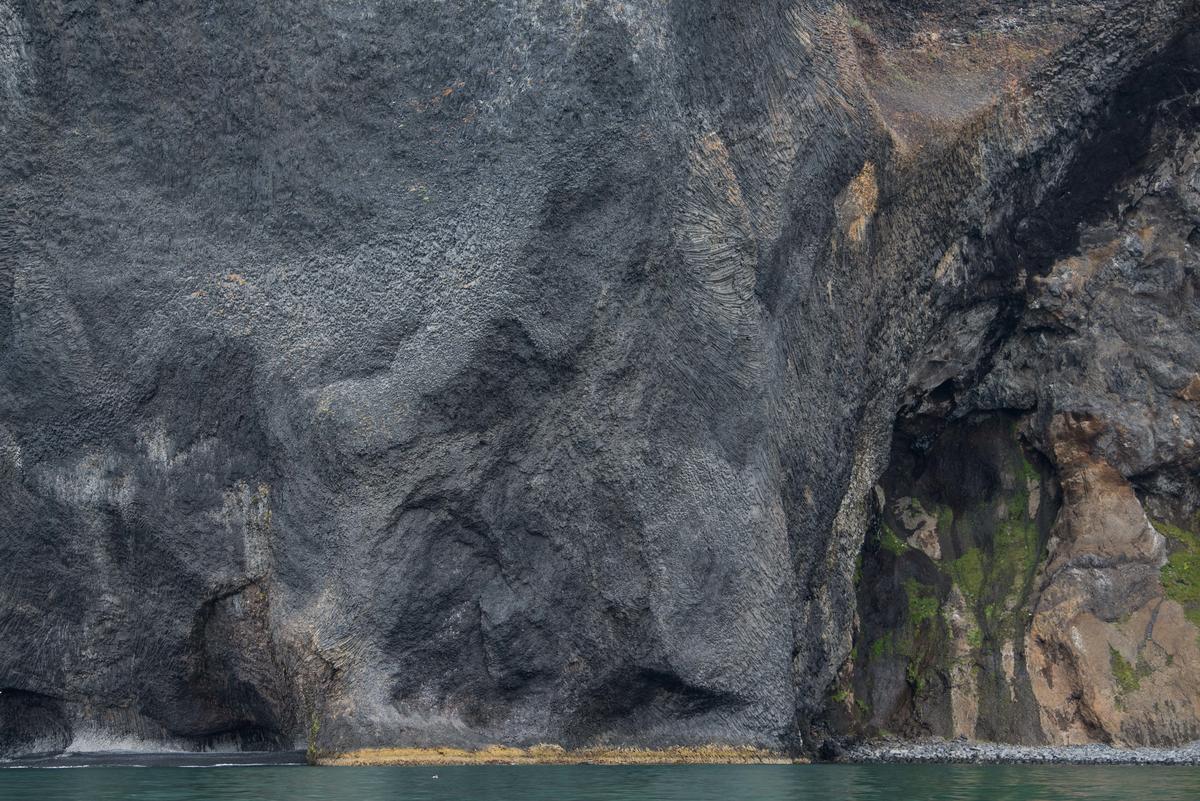

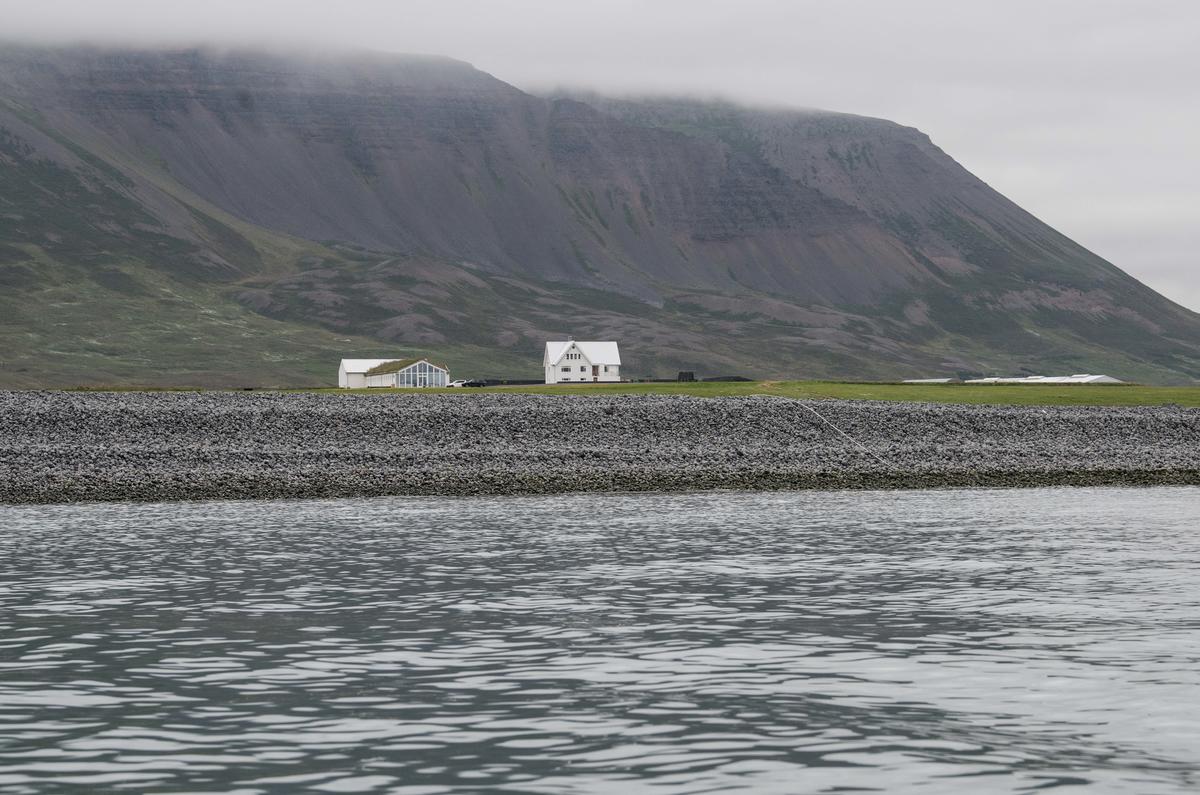
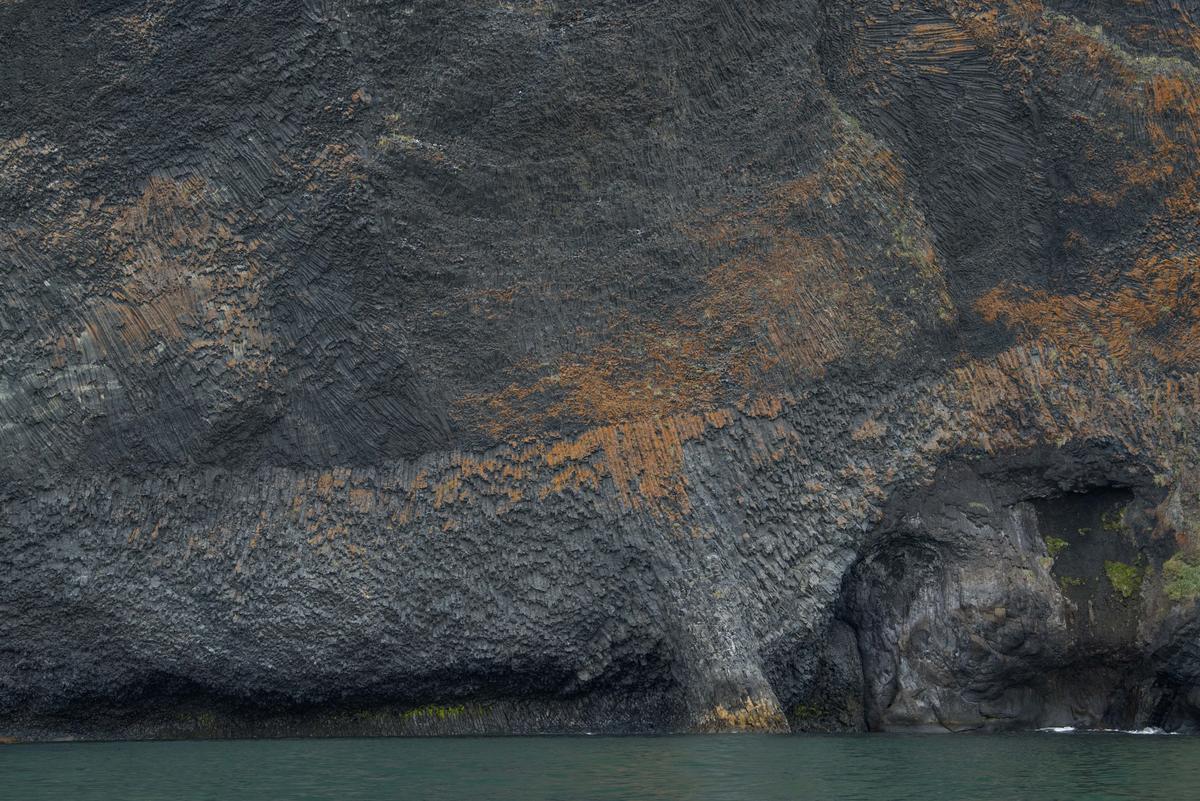
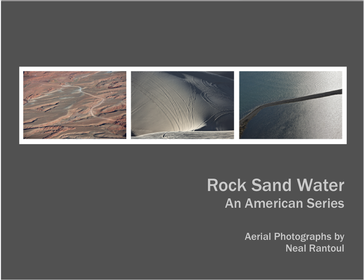
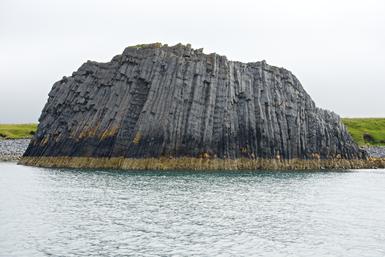
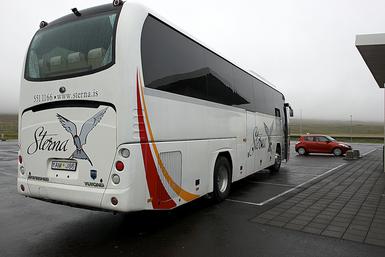
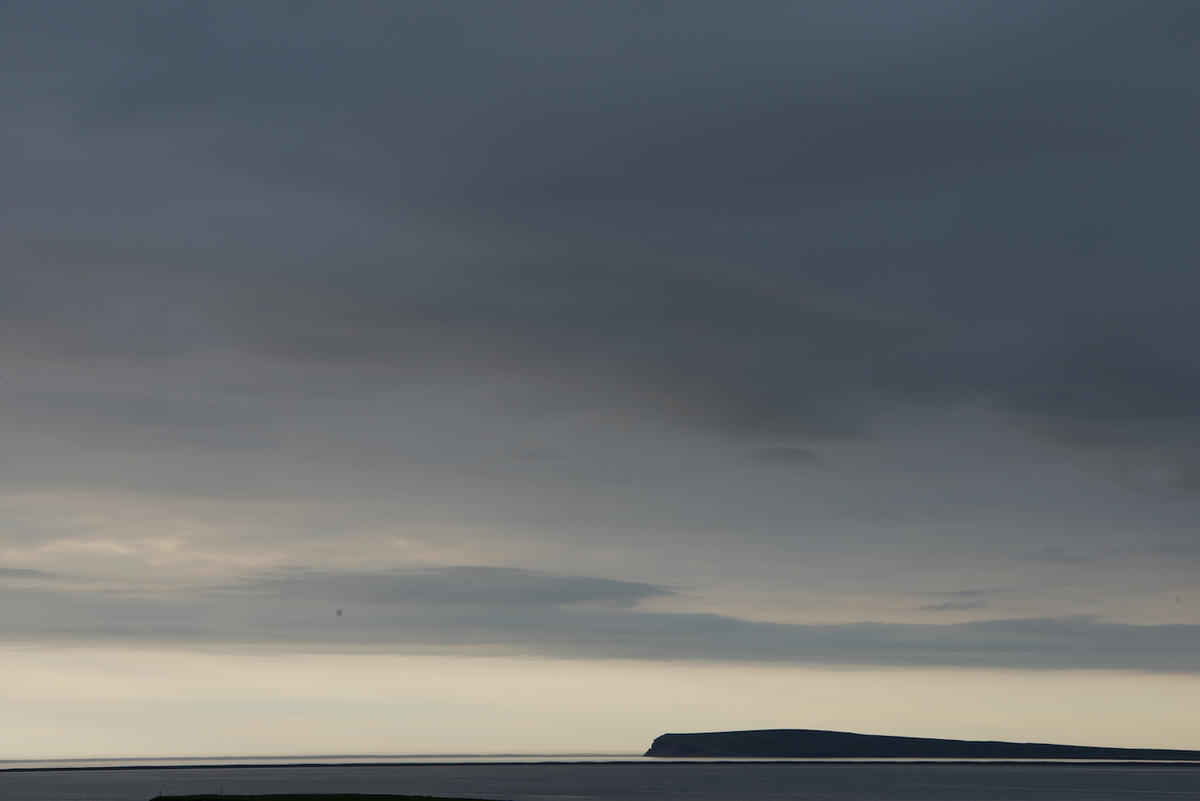
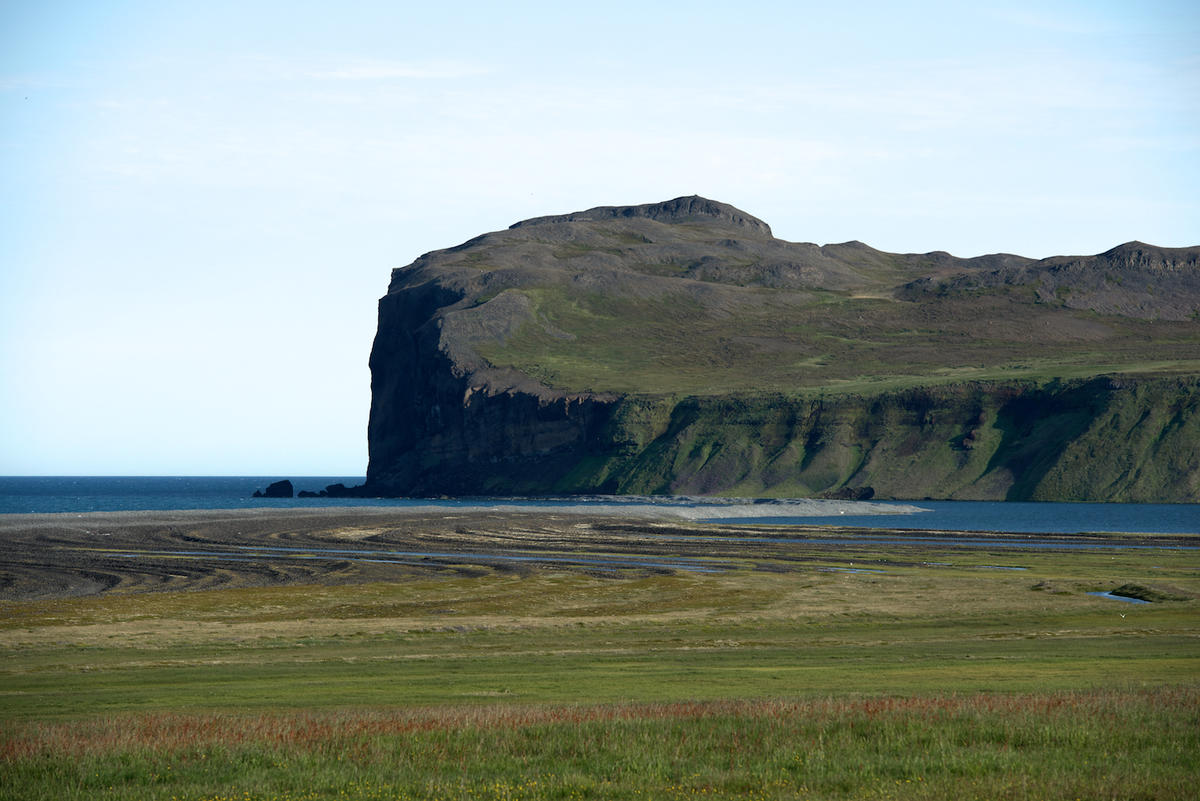 which is quite literally the view out my bedroom window. No McConnell, no Kelly Anne Conway, none of them. In a different country, not so far from the Arctic Circle and so far from all that.
which is quite literally the view out my bedroom window. No McConnell, no Kelly Anne Conway, none of them. In a different country, not so far from the Arctic Circle and so far from all that.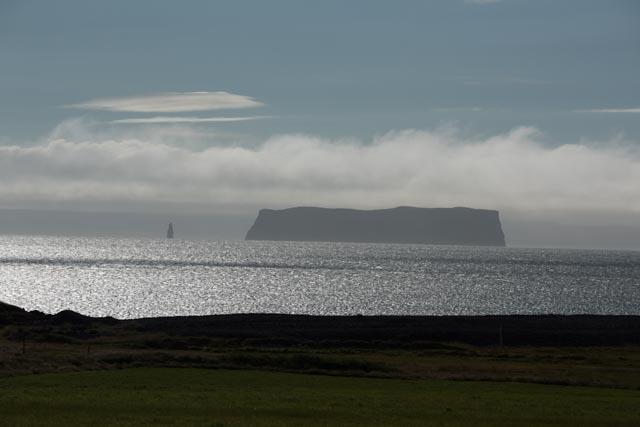
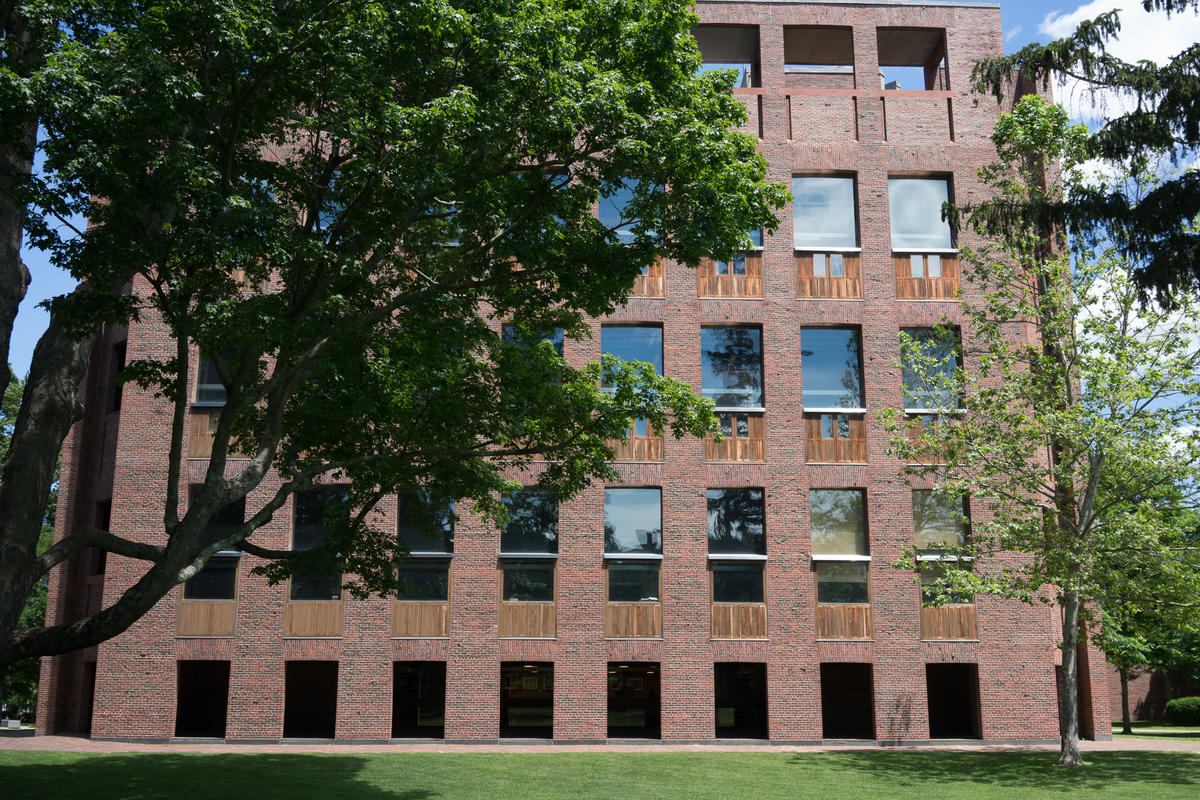
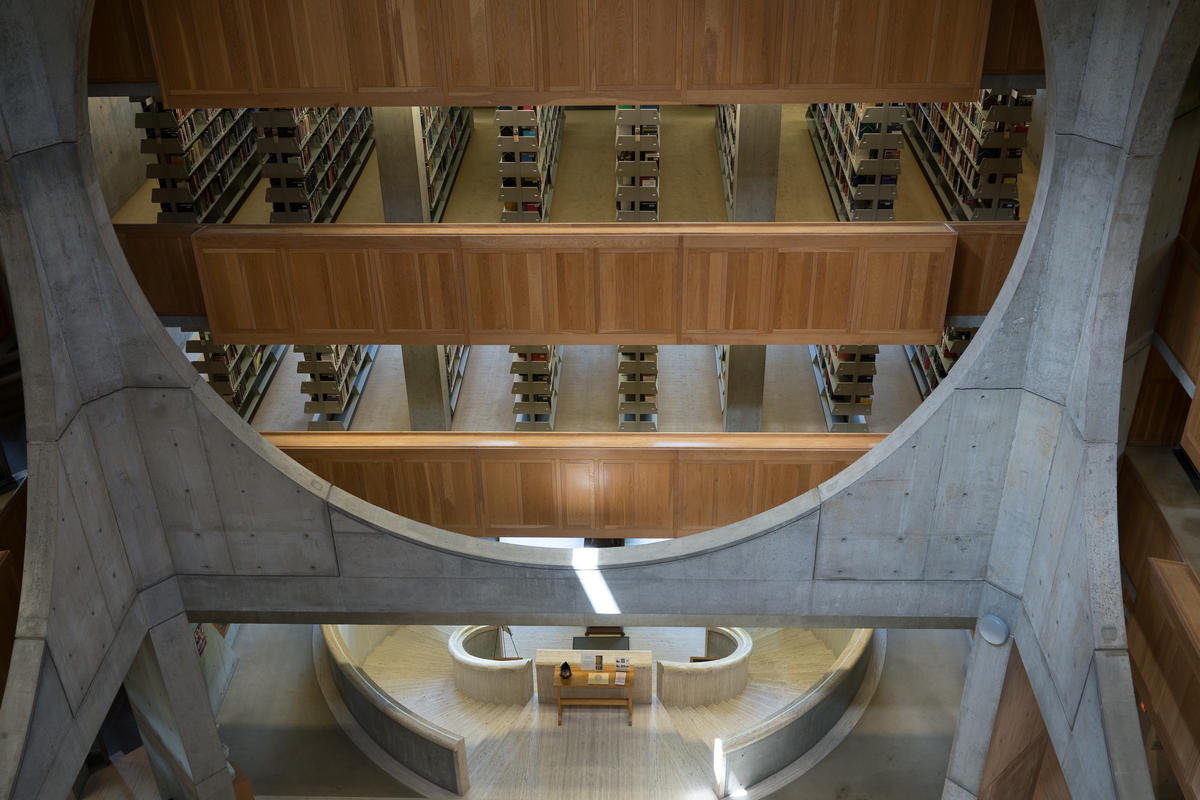
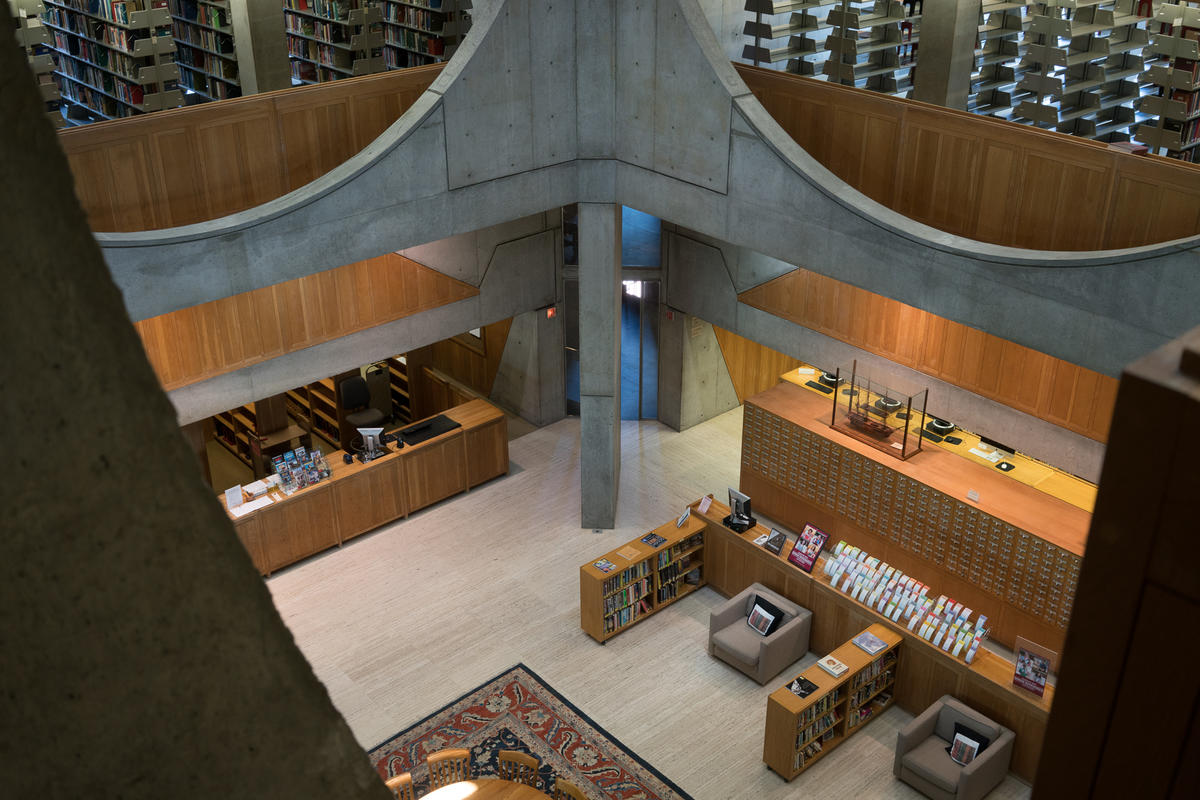


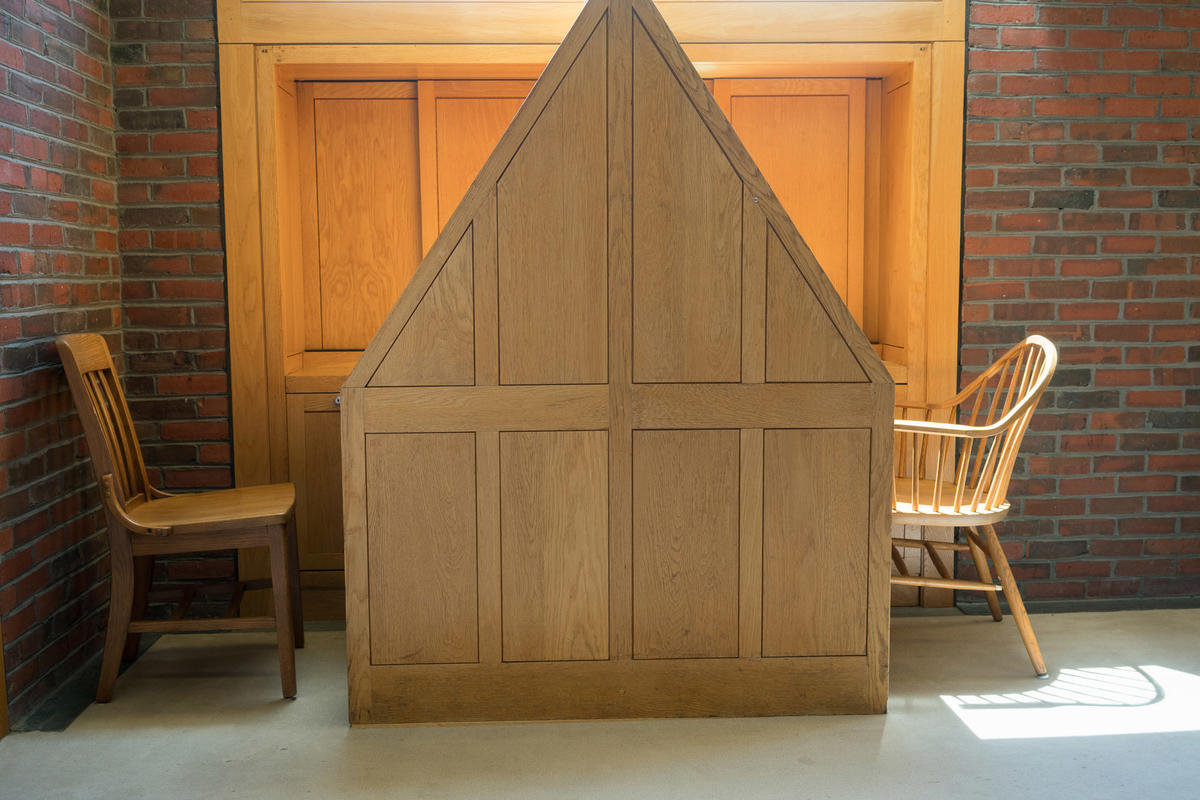
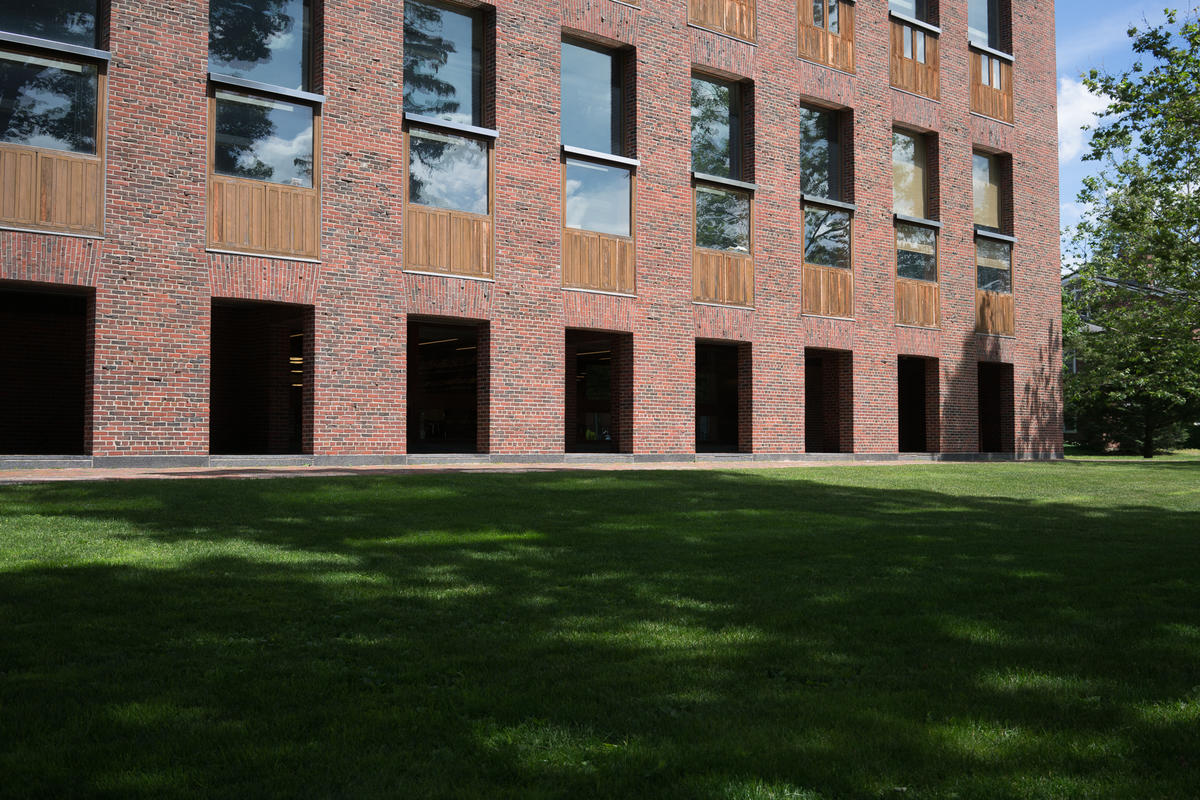
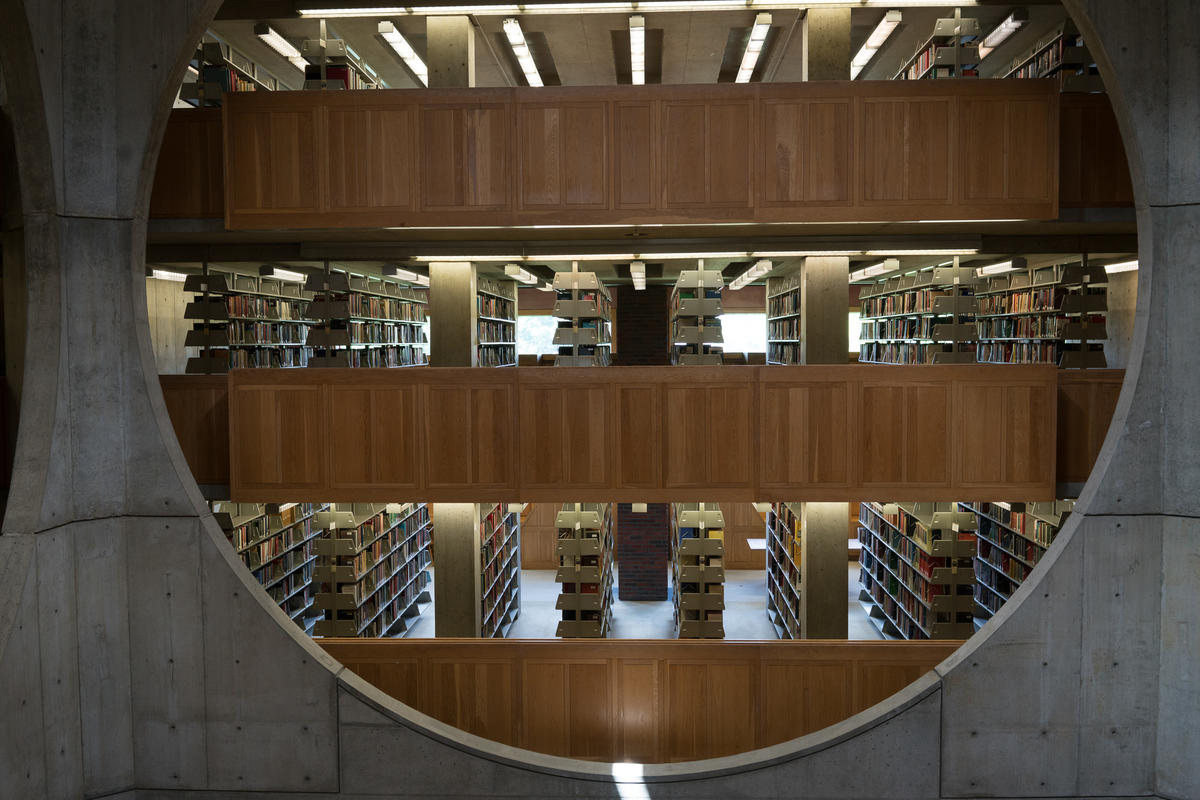
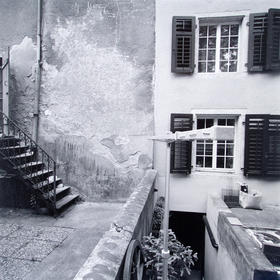
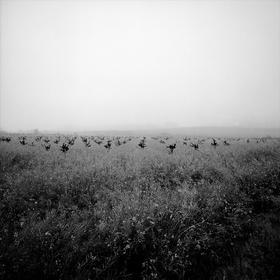
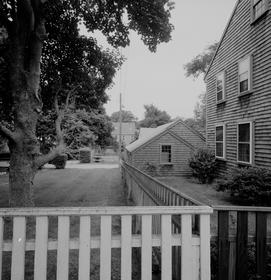
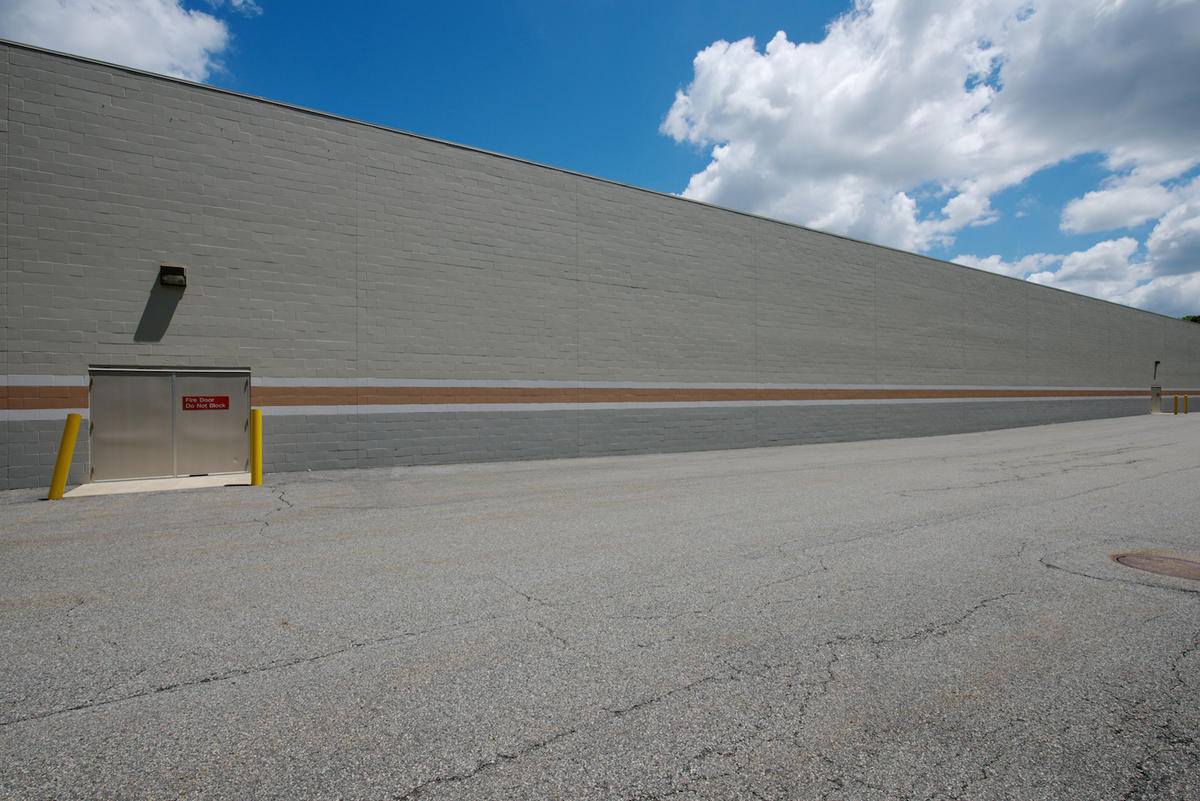
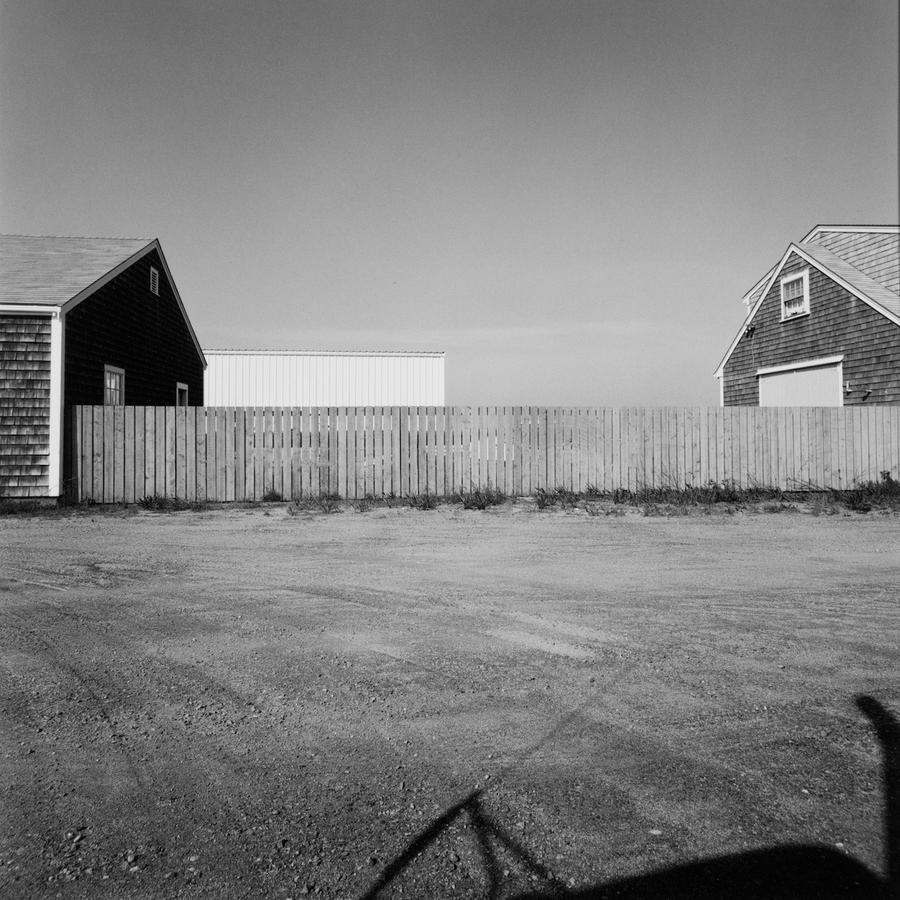 From Fences and Walls 1979
From Fences and Walls 1979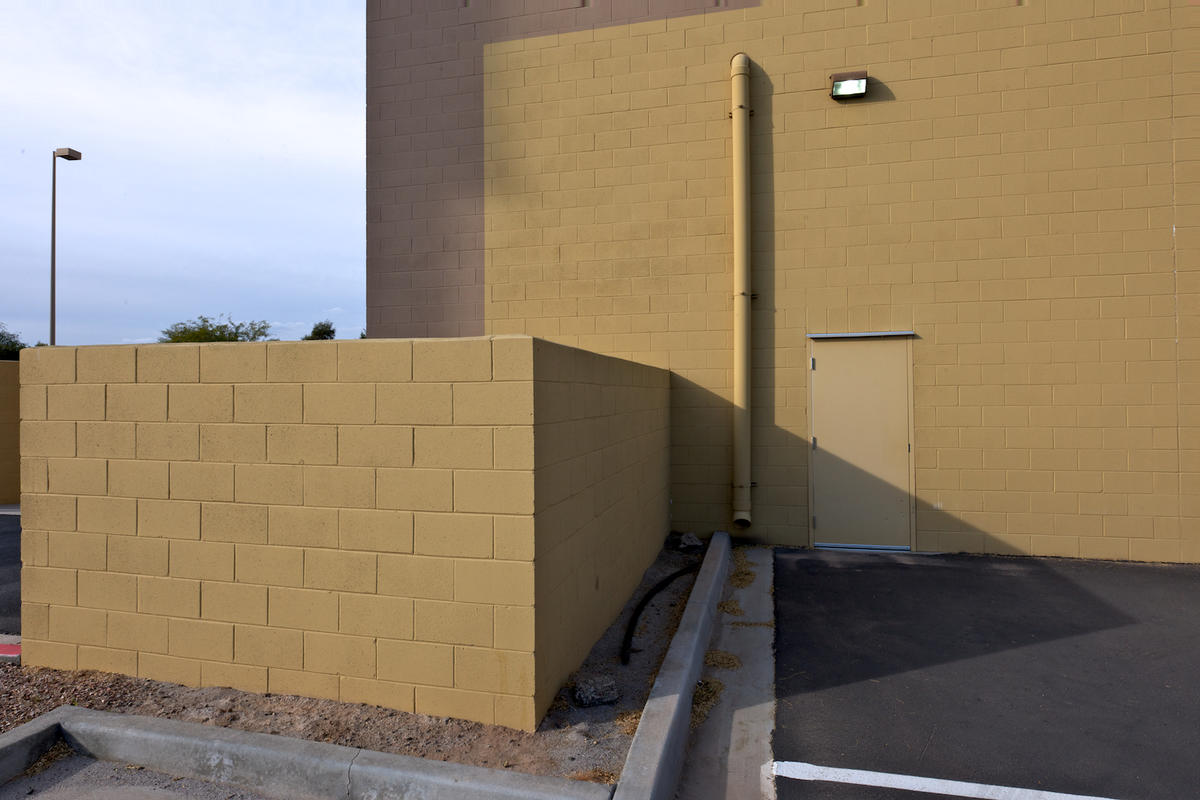
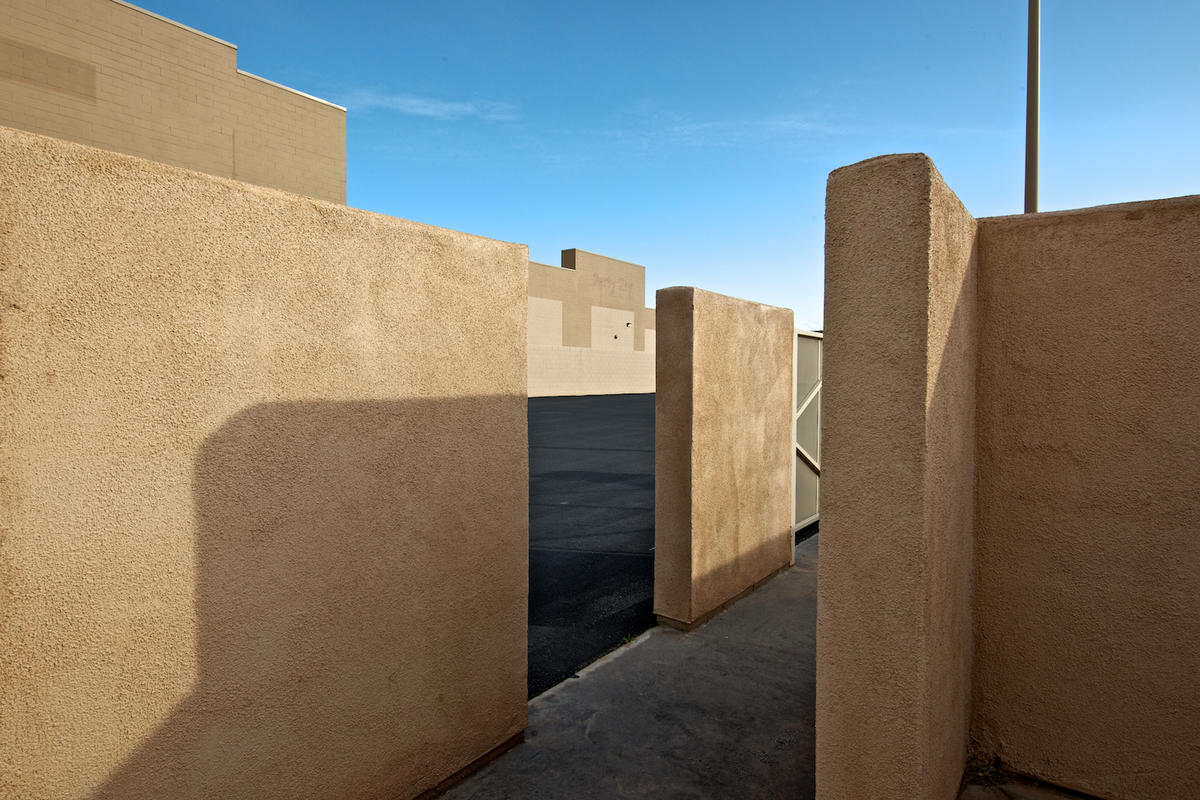
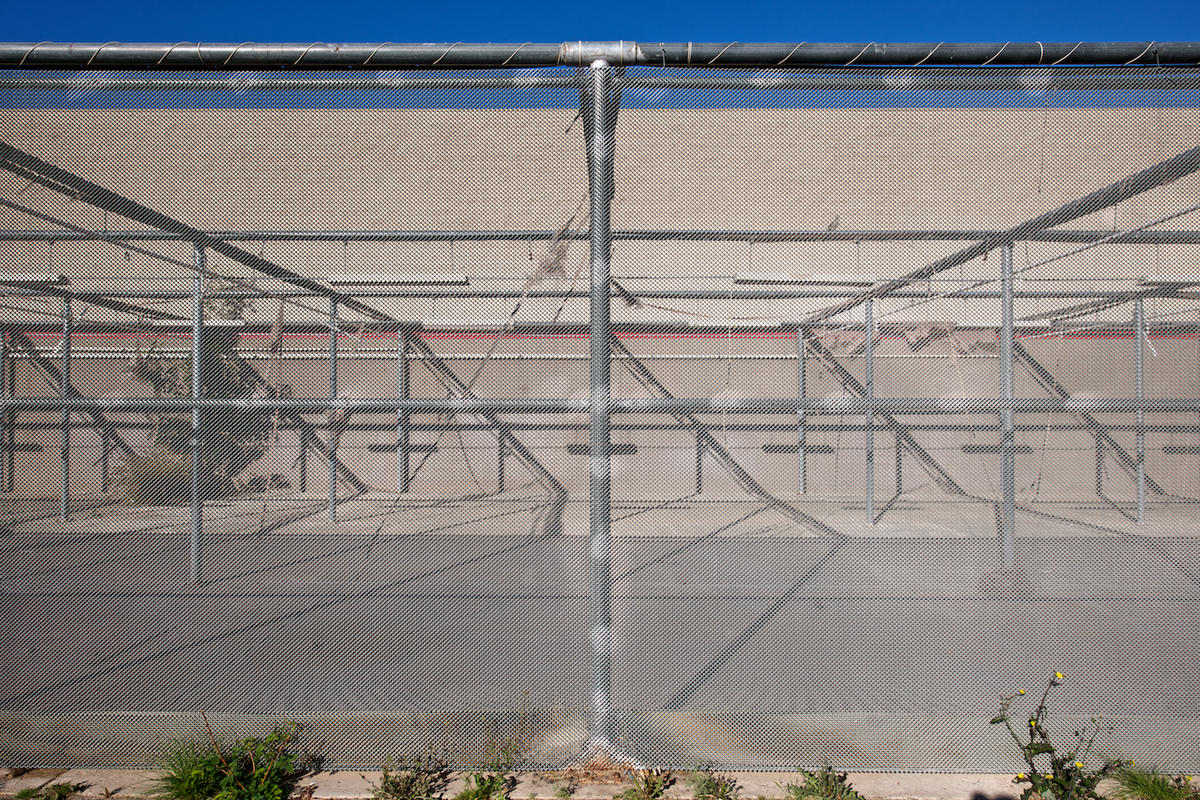
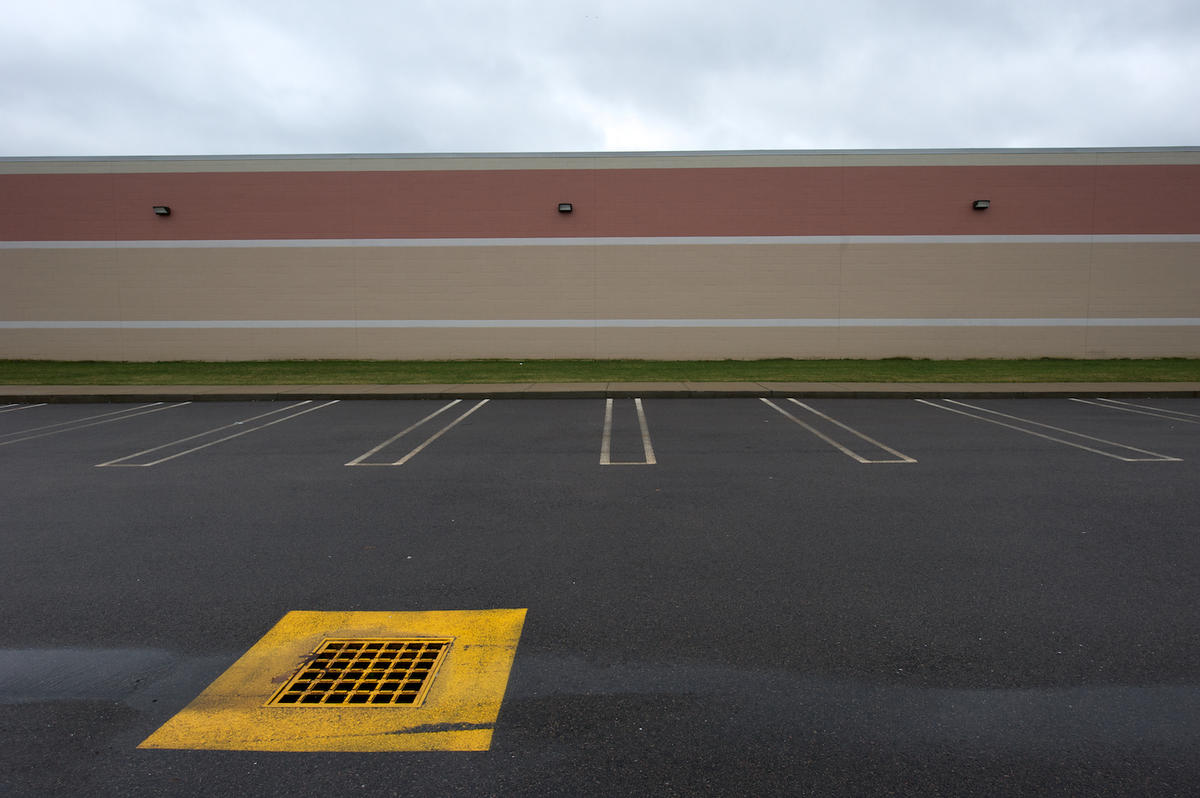
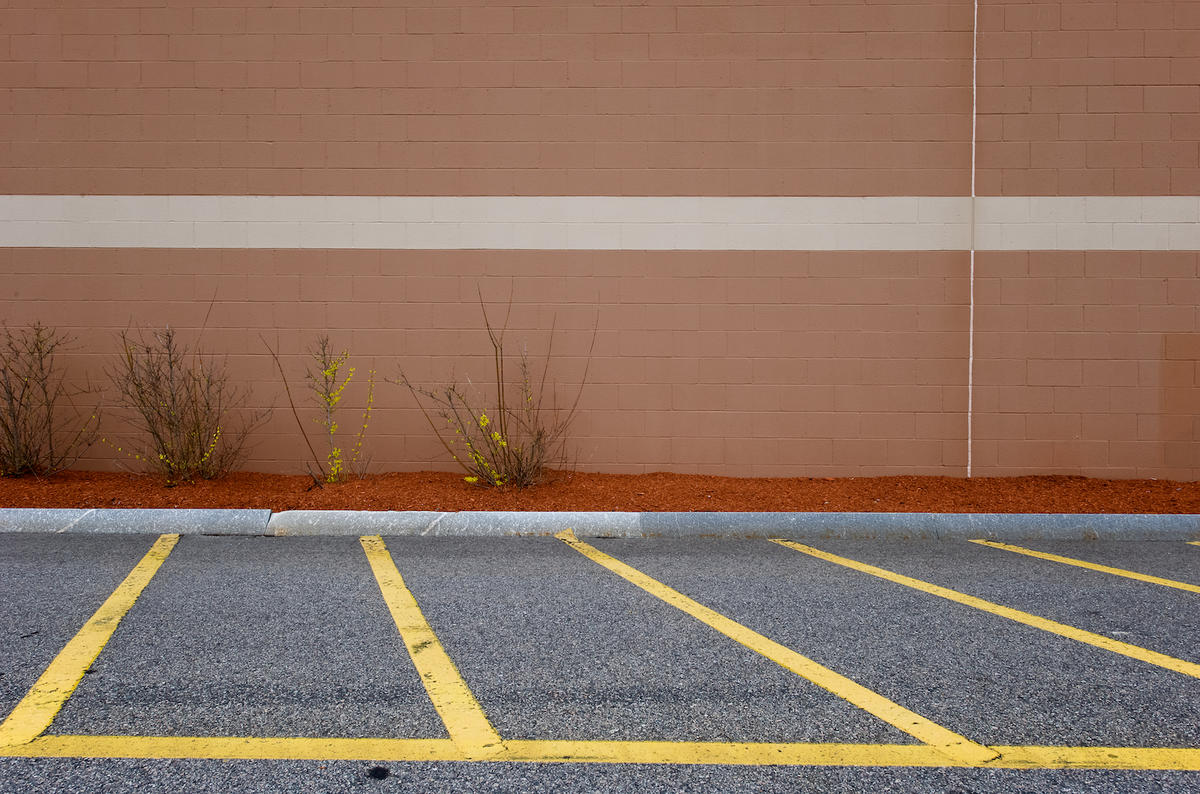
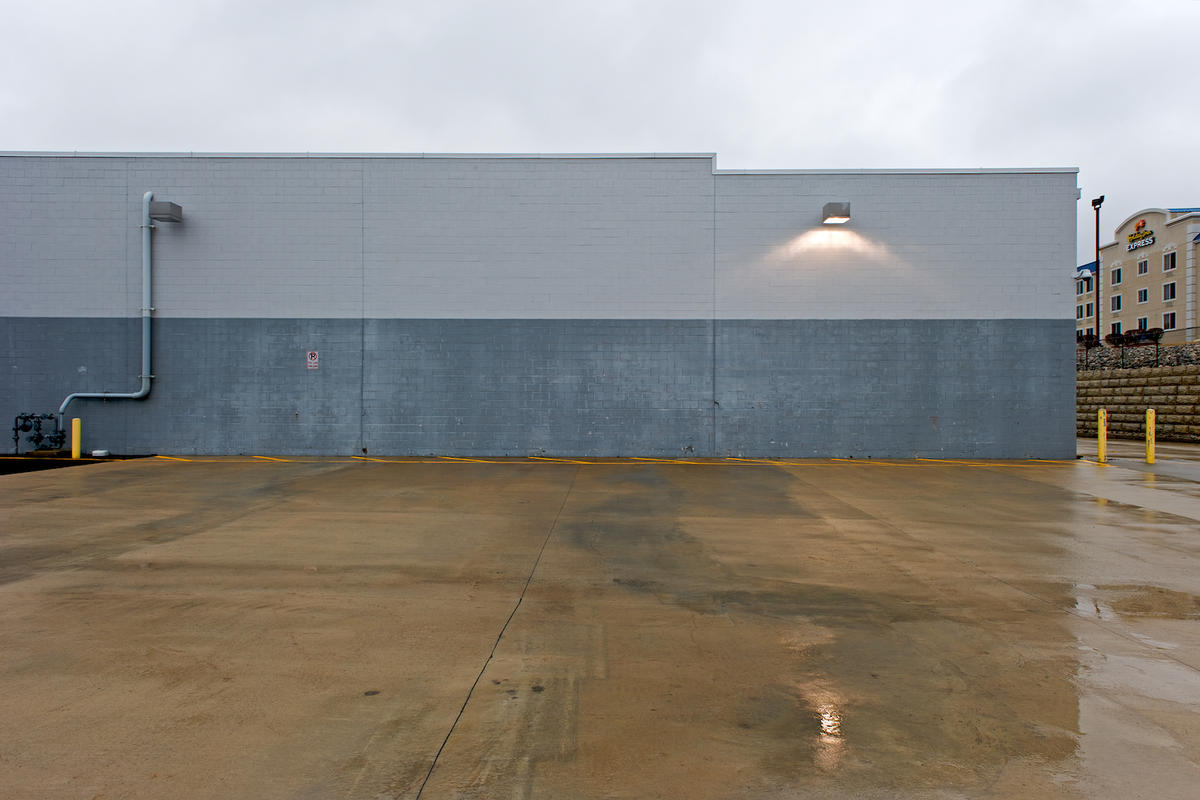
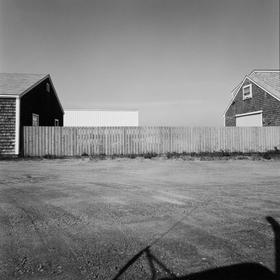
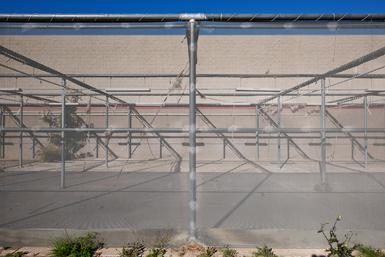







 staring up at me from the edge of a mud puddle. I'd have to be brain dead to not regard this as a sign, a message from the photo gods shining down on me, approving of my efforts this early Saturday morning, rewarding me for making some good pictures along the Delaware Water Gap. I don't know if I thought it to myself or said it out loud but out came a sincere "thank you!" I picked up the coin, put it in my pocket and thought, "Damn, this is good." Then second, "maybe this needs a blog".
staring up at me from the edge of a mud puddle. I'd have to be brain dead to not regard this as a sign, a message from the photo gods shining down on me, approving of my efforts this early Saturday morning, rewarding me for making some good pictures along the Delaware Water Gap. I don't know if I thought it to myself or said it out loud but out came a sincere "thank you!" I picked up the coin, put it in my pocket and thought, "Damn, this is good." Then second, "maybe this needs a blog".
